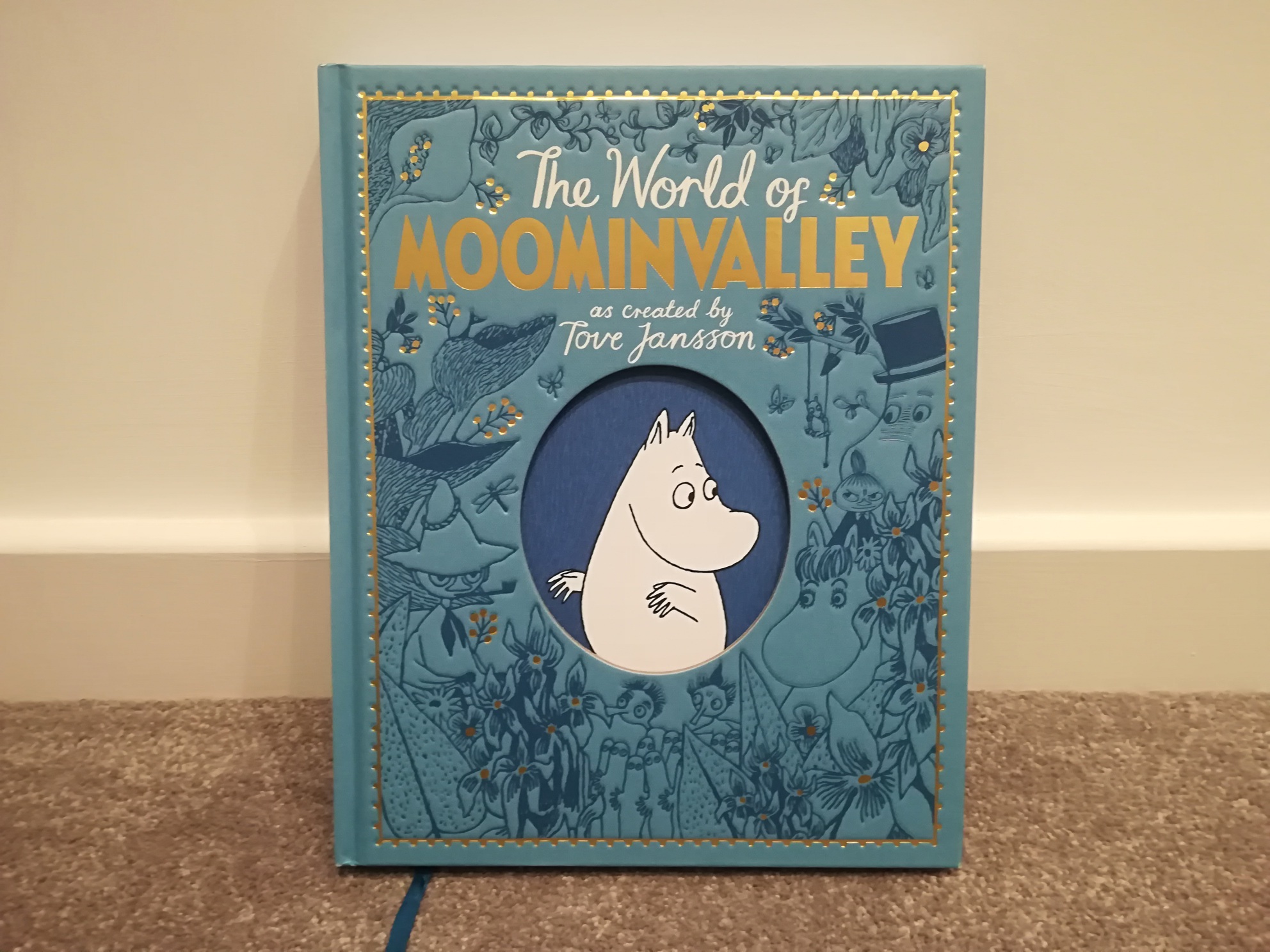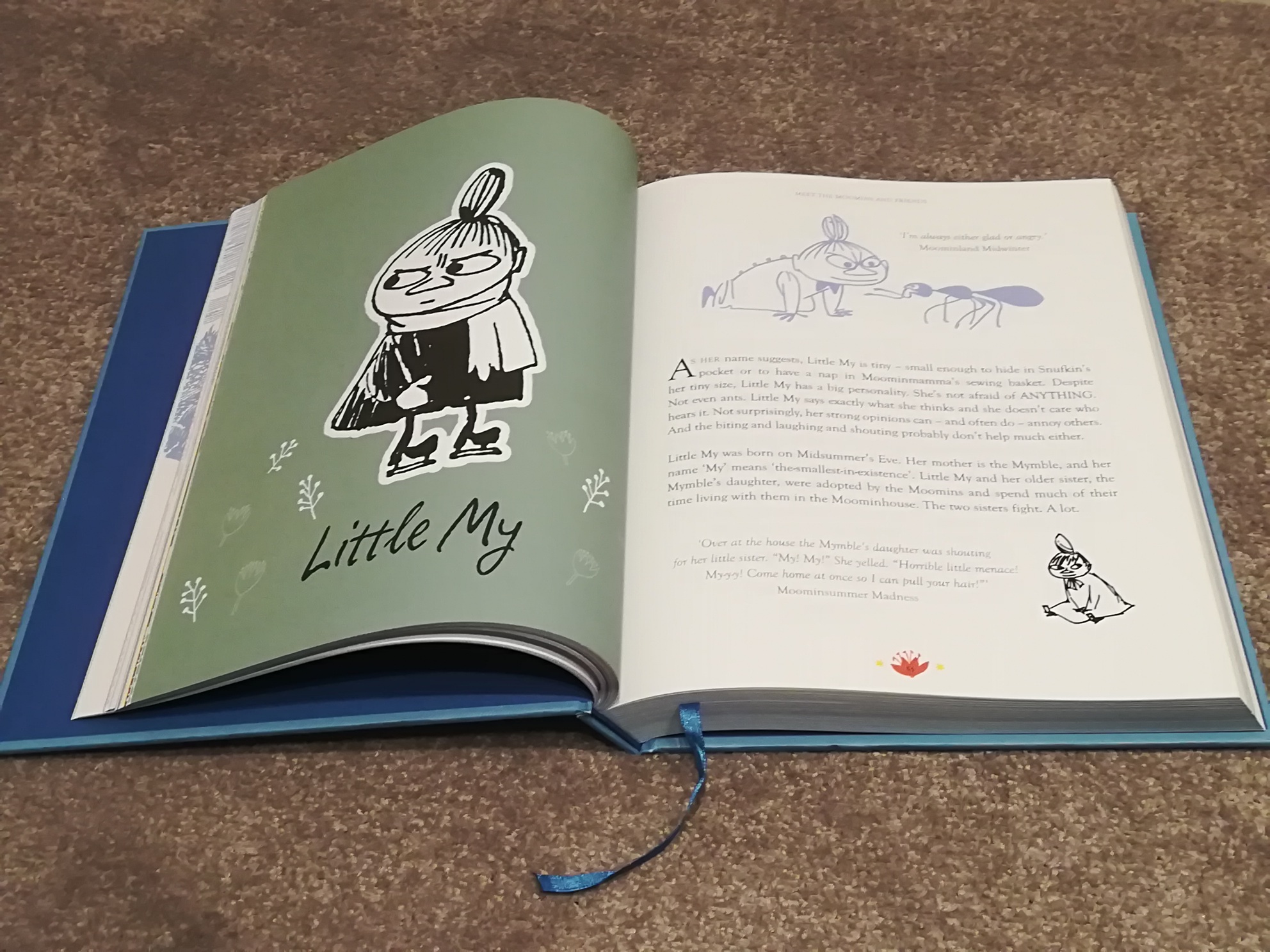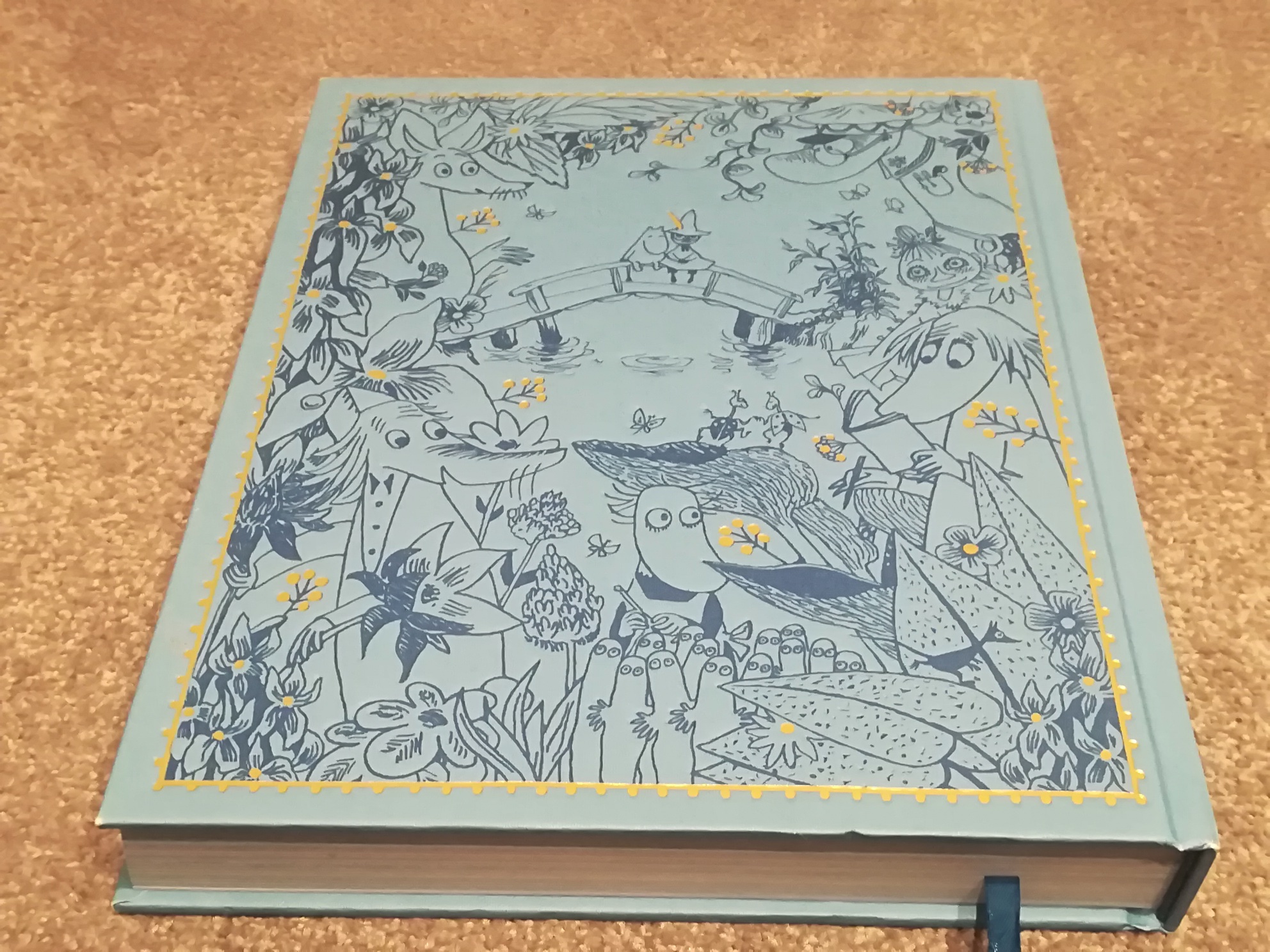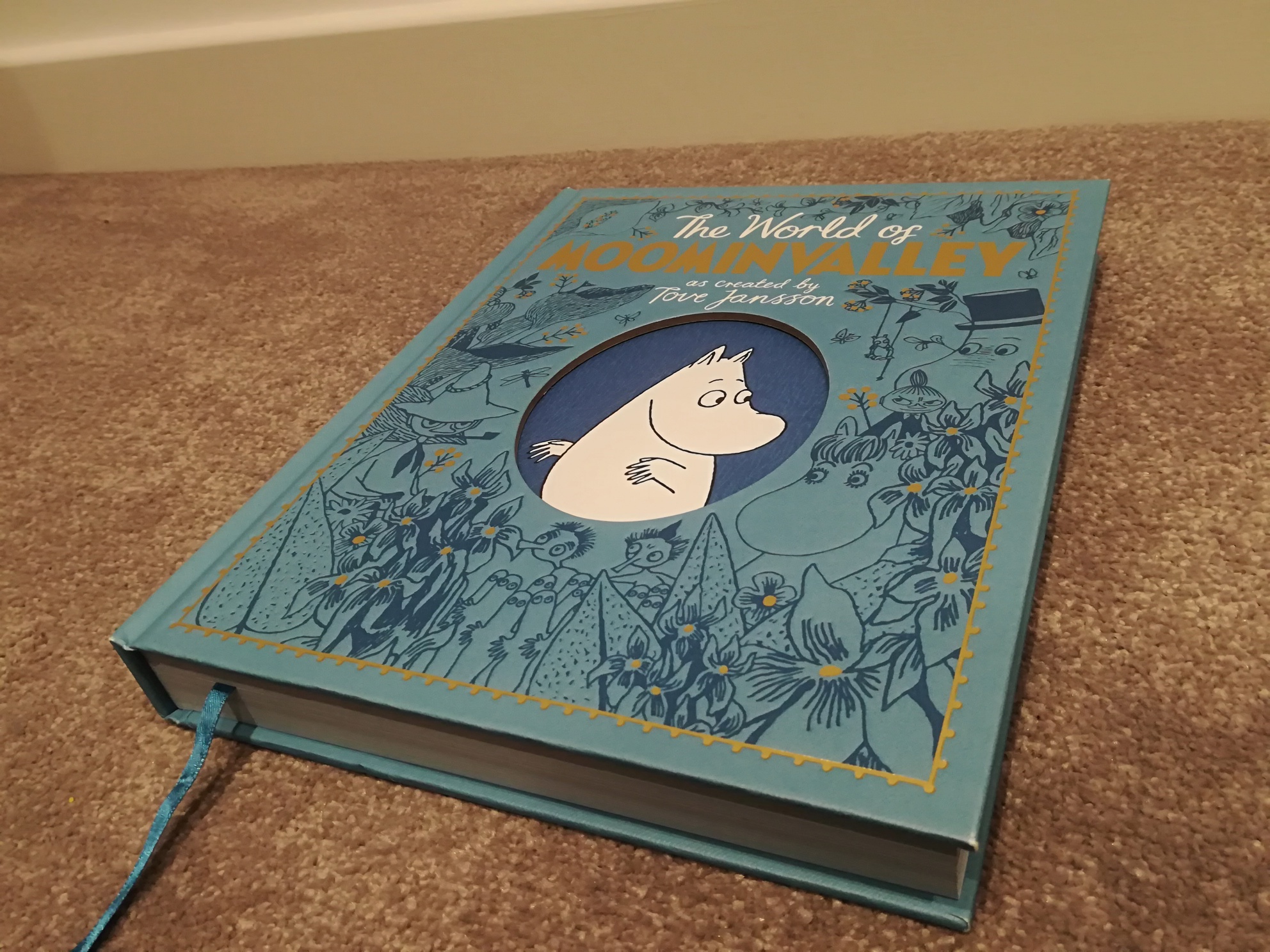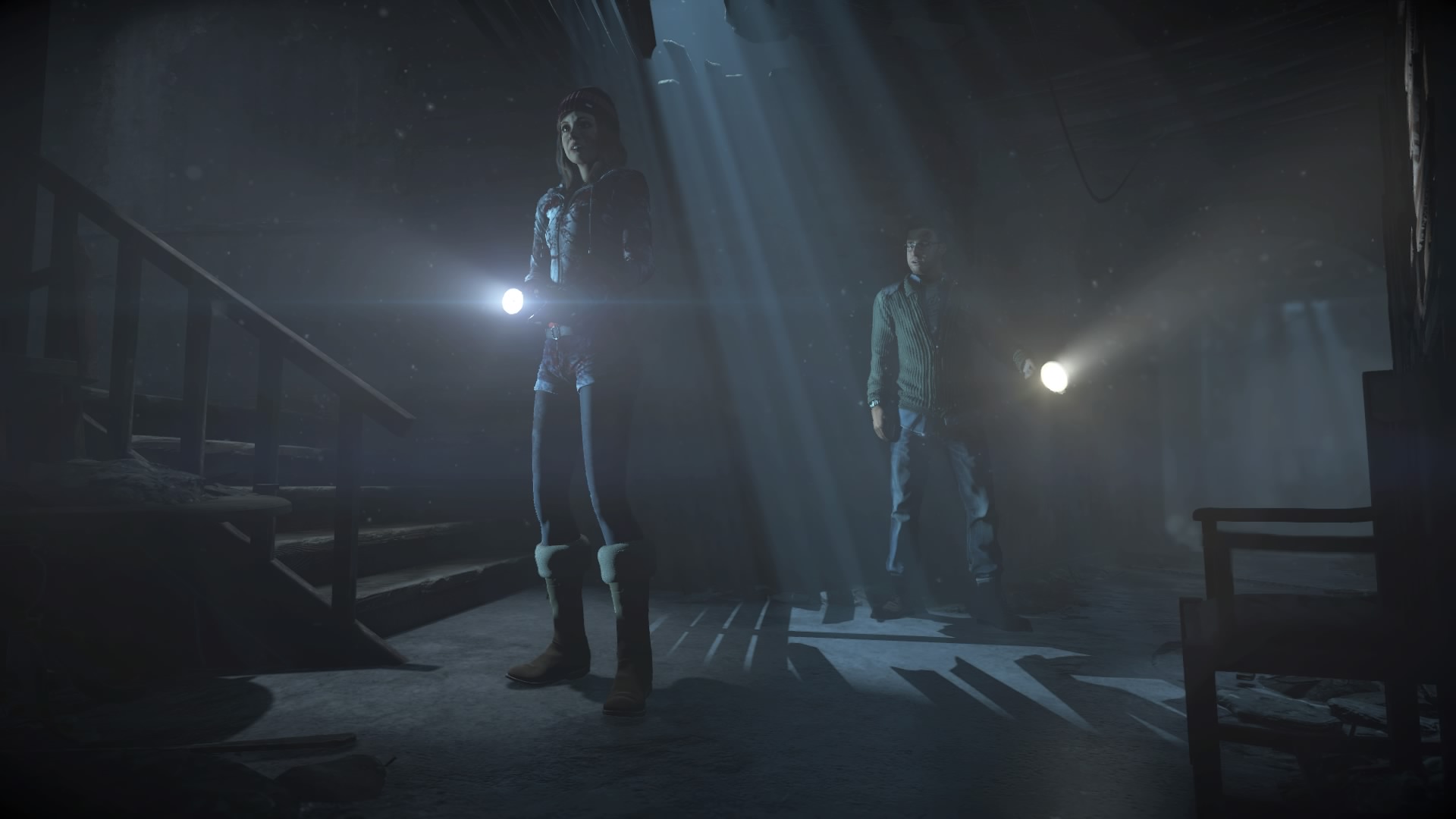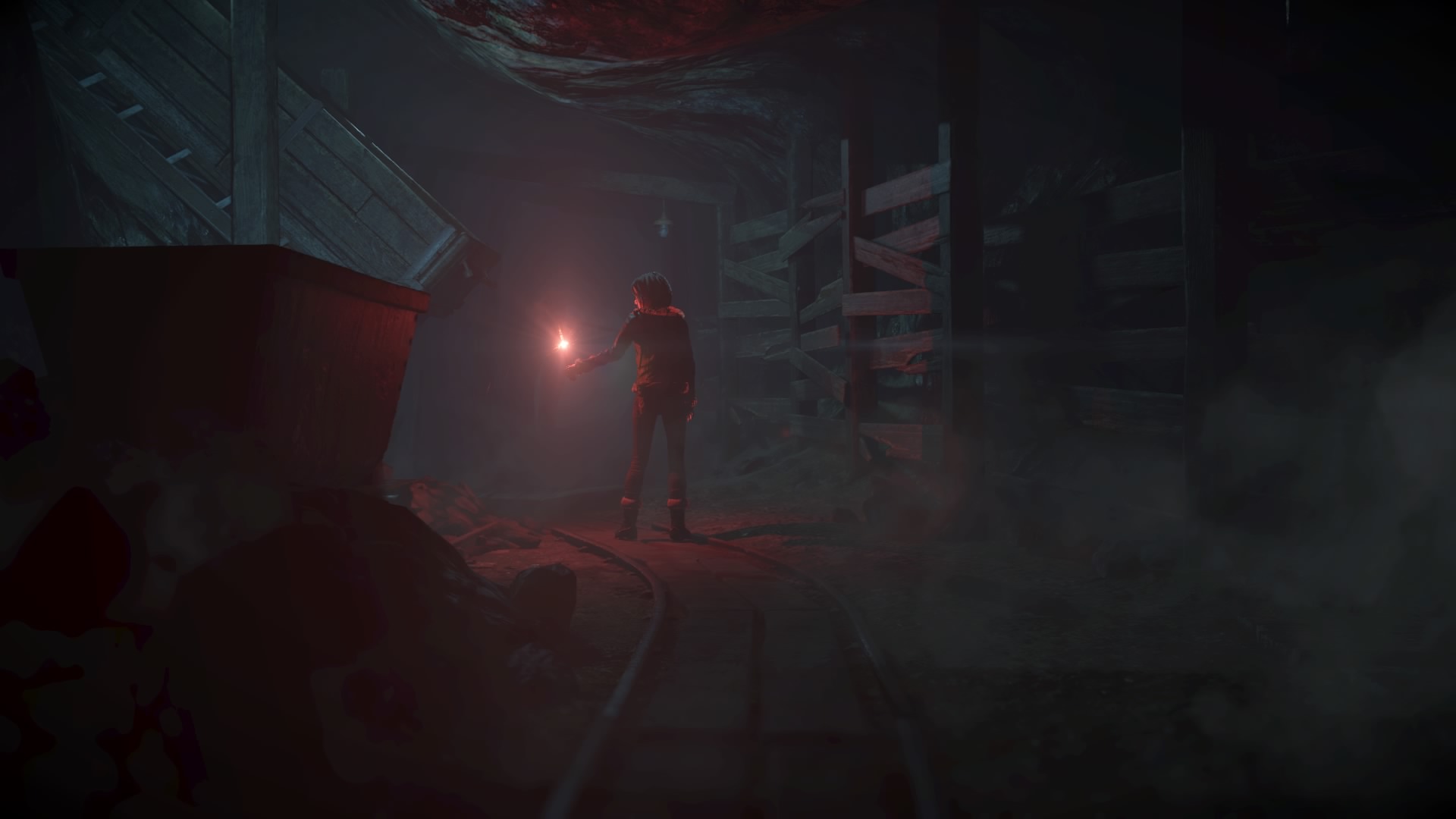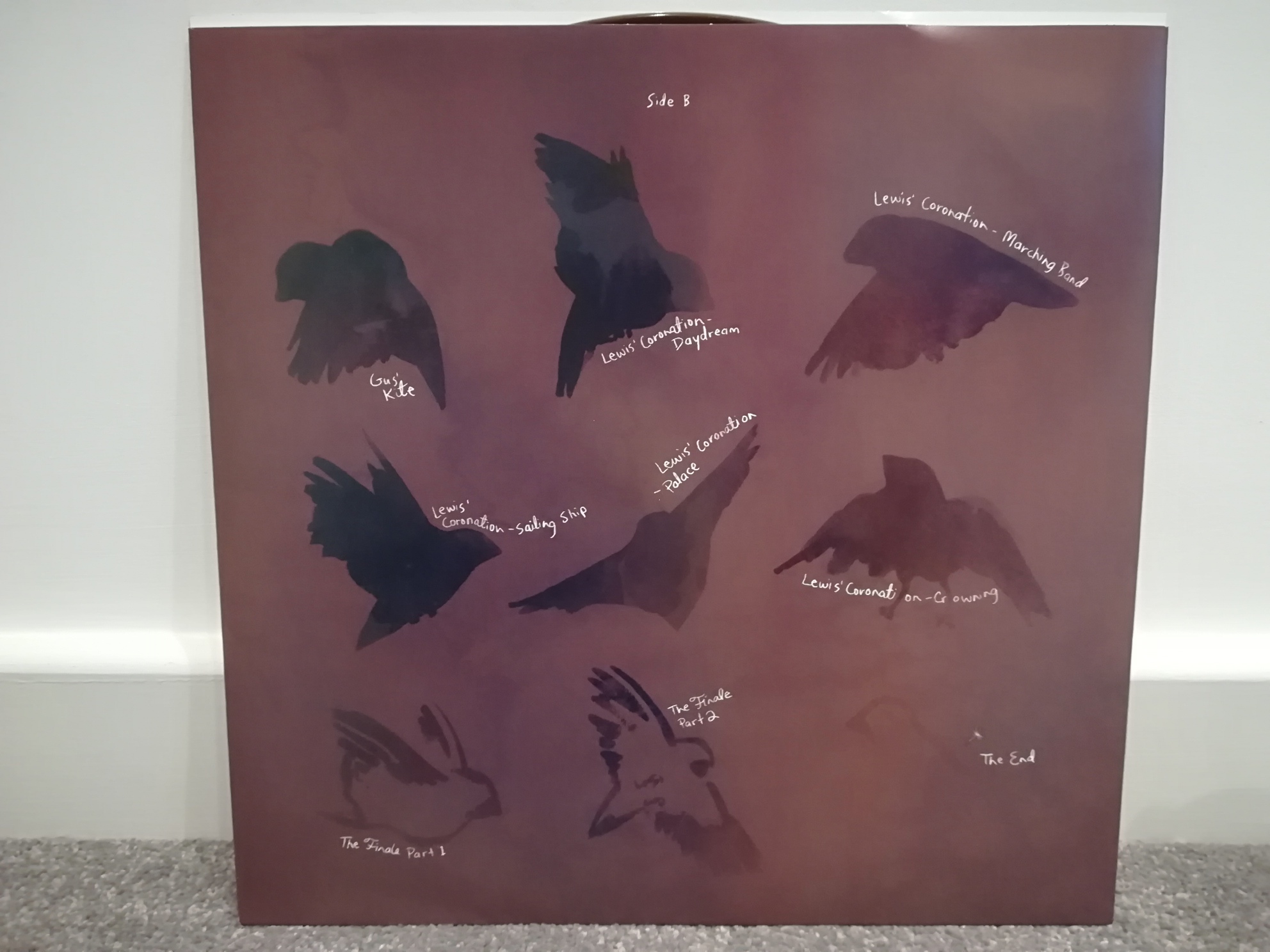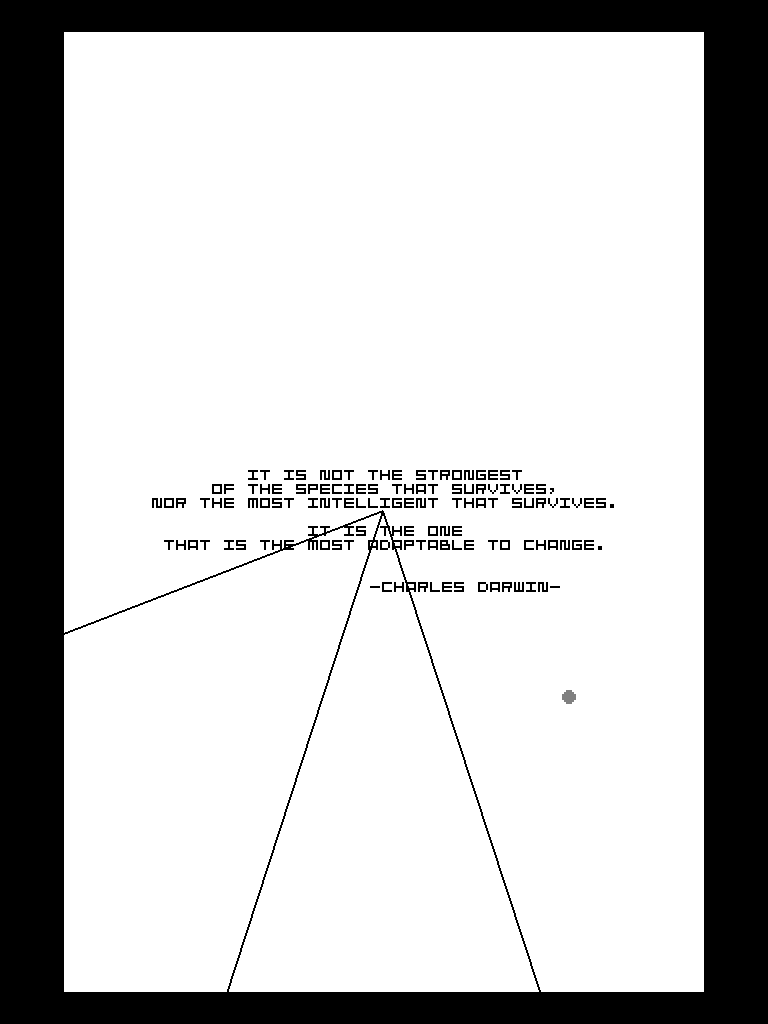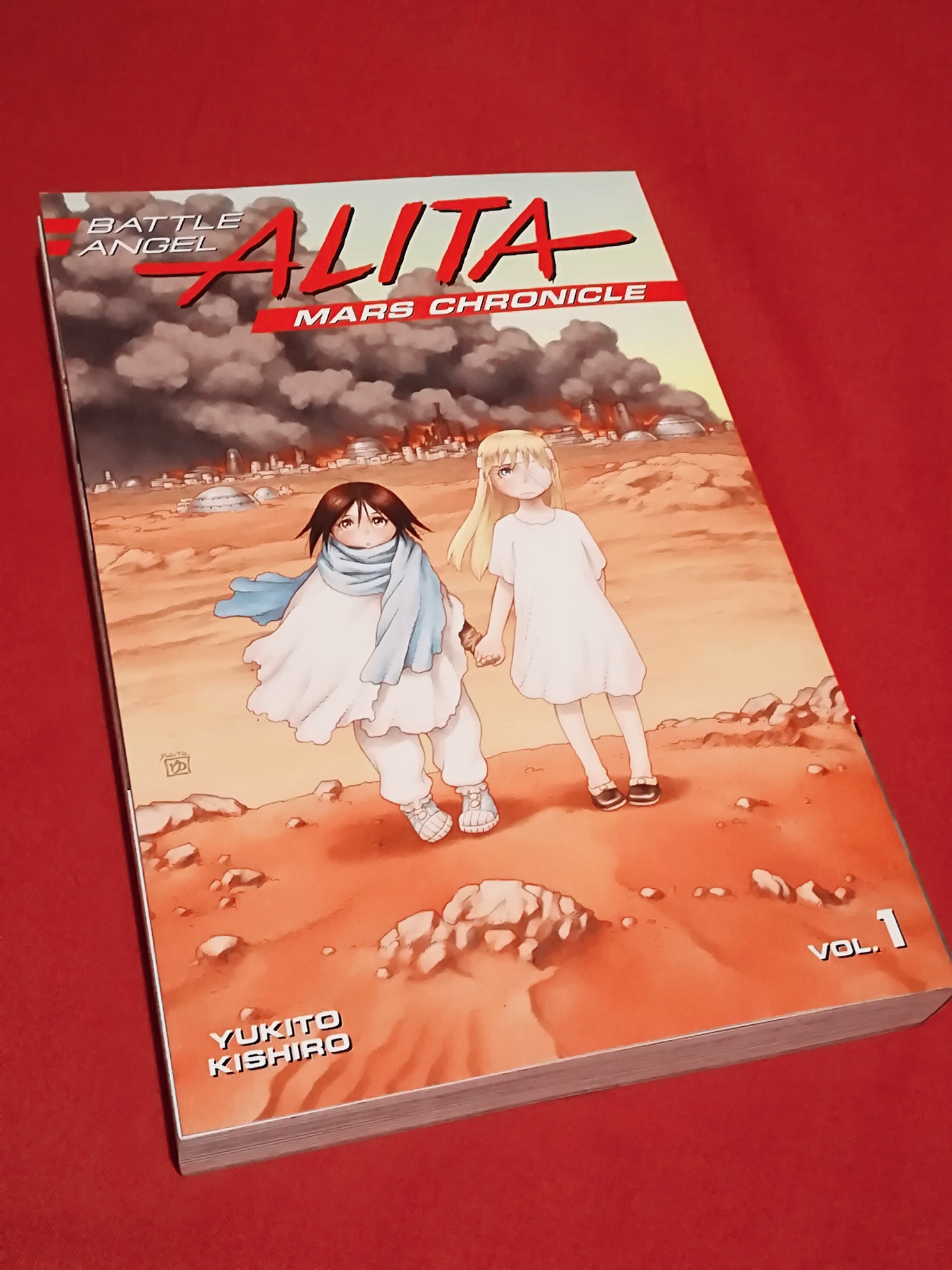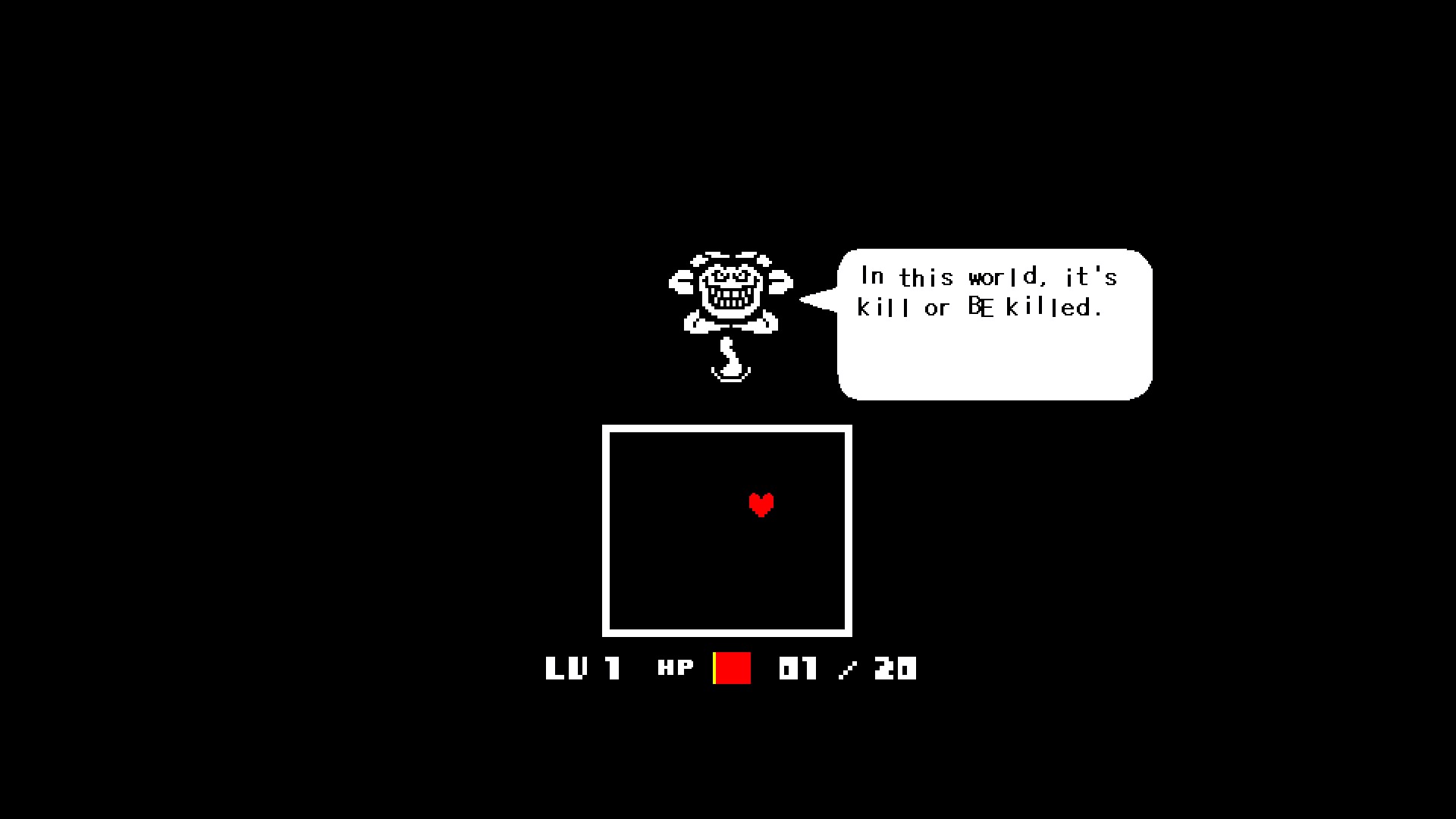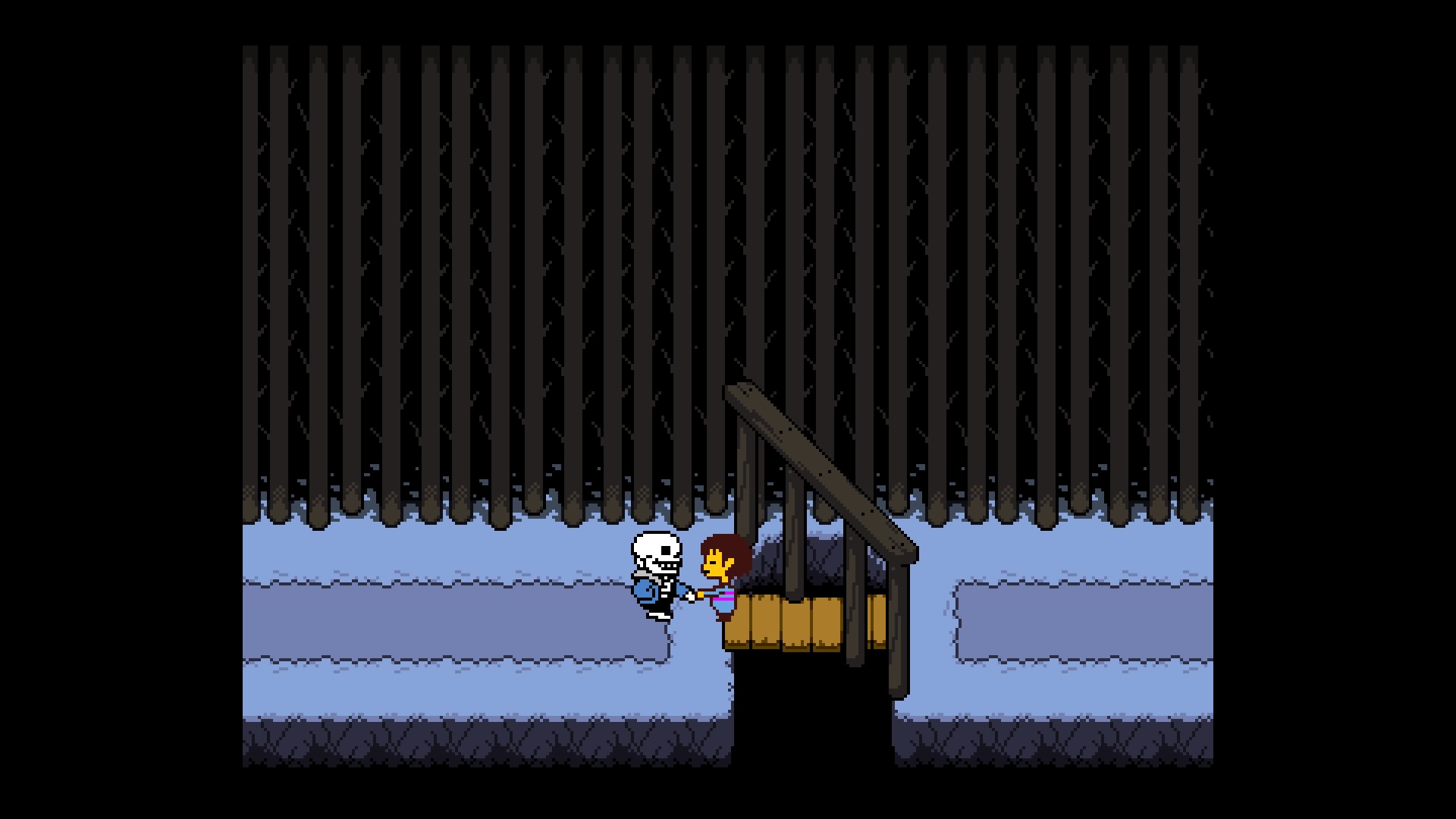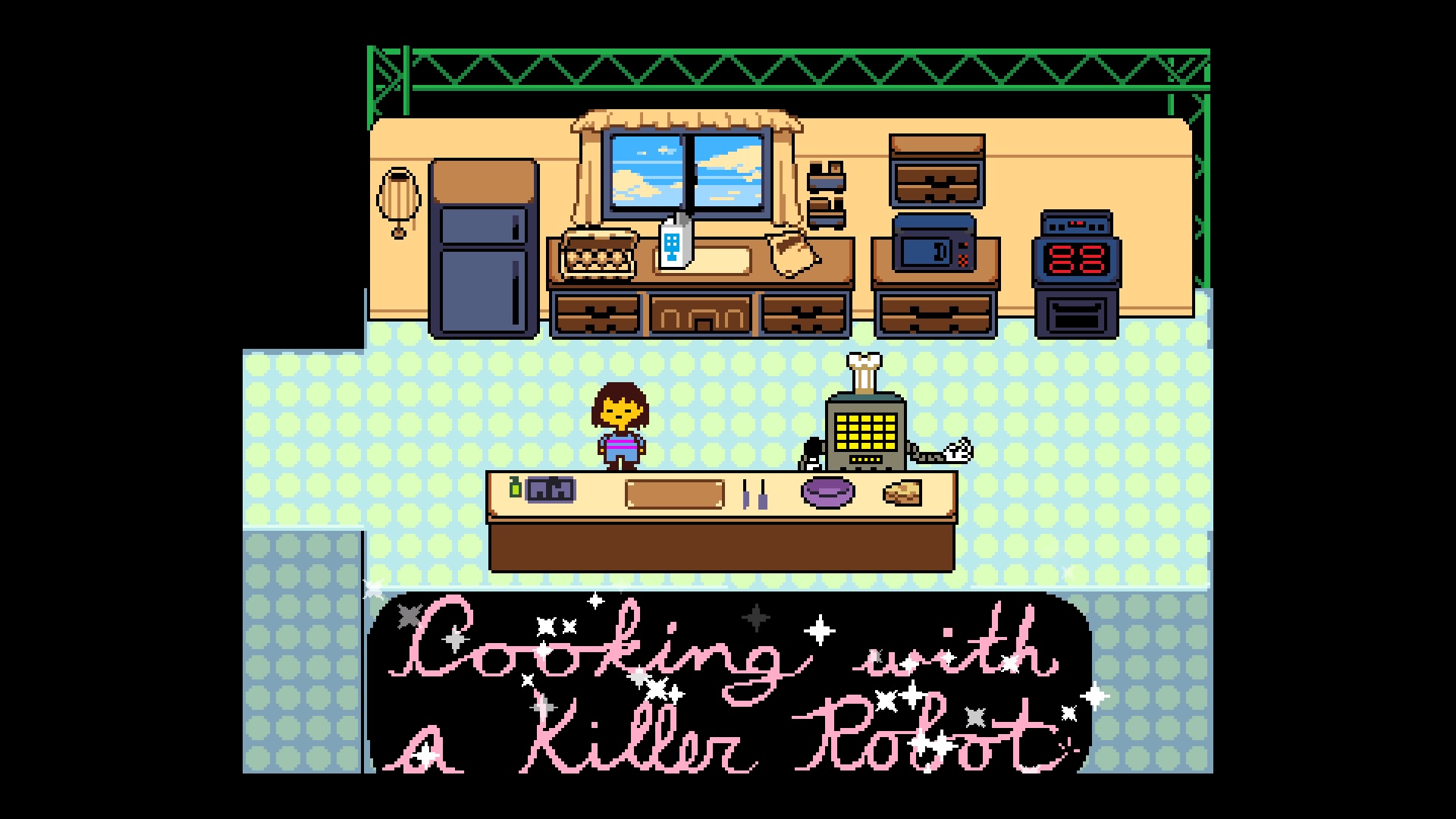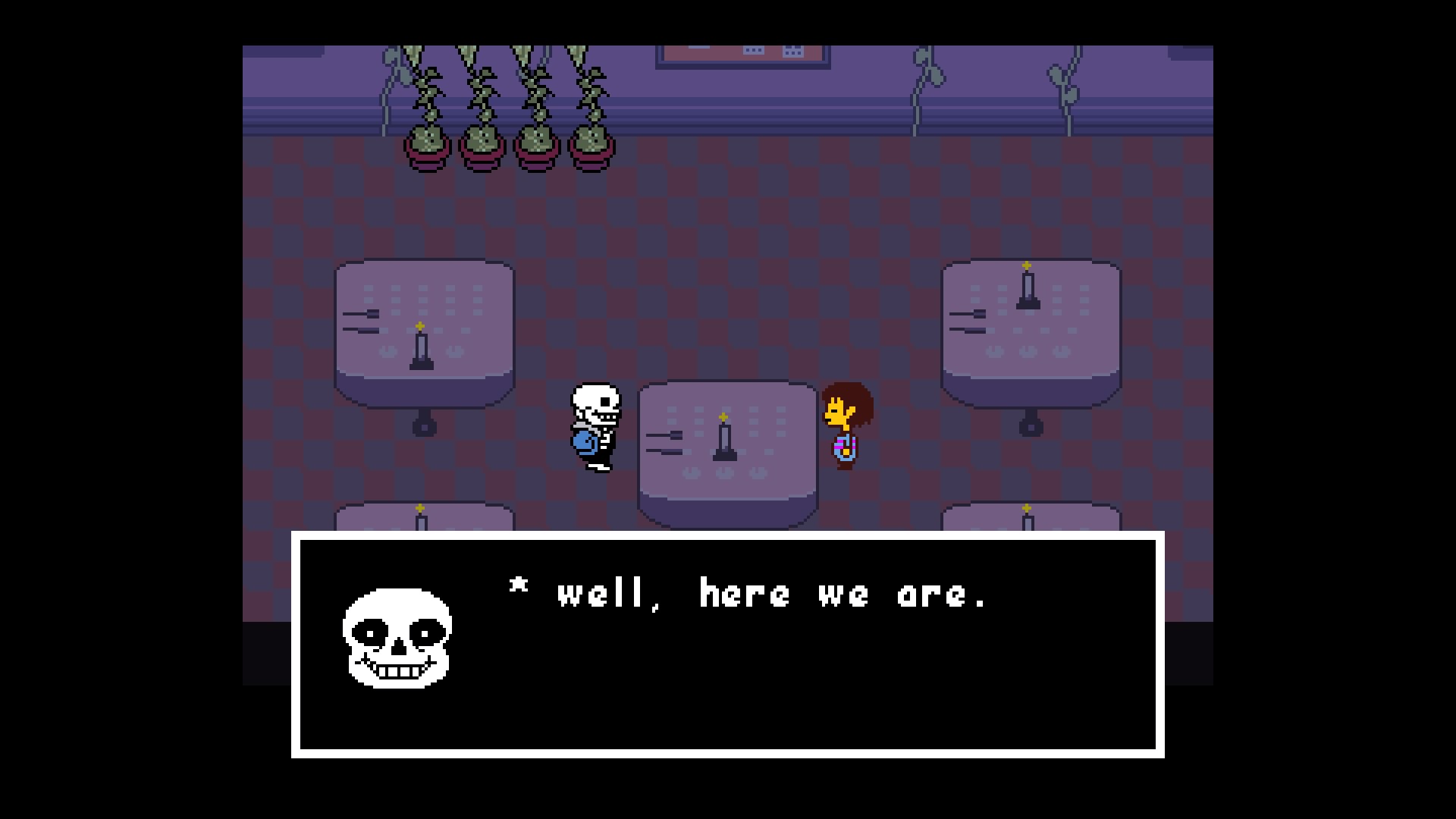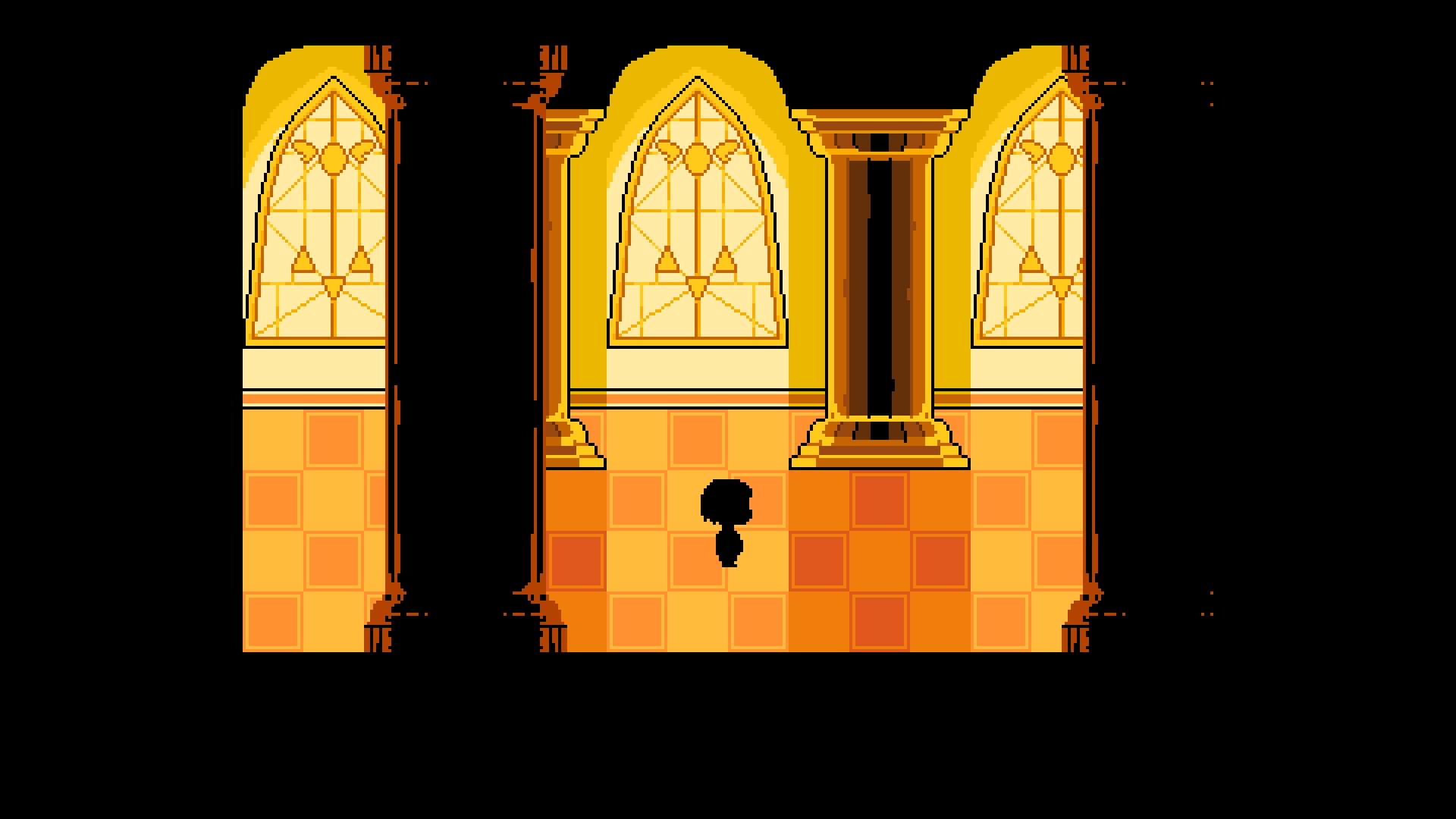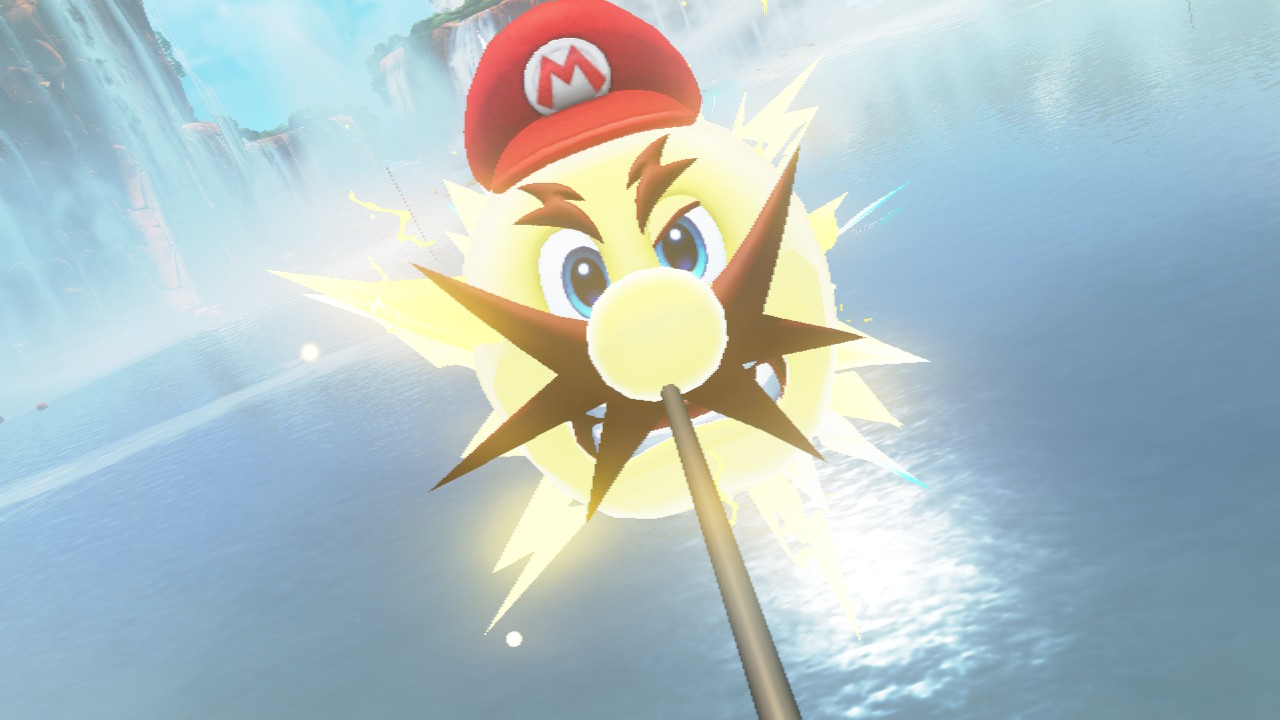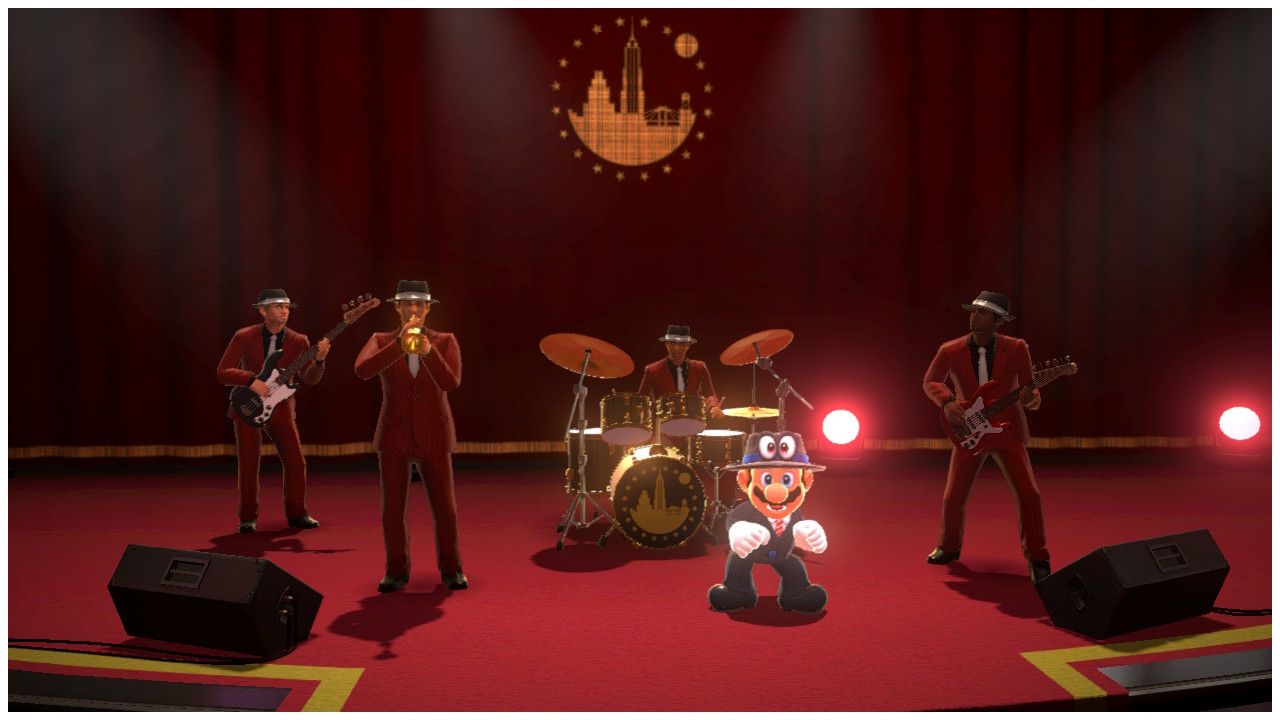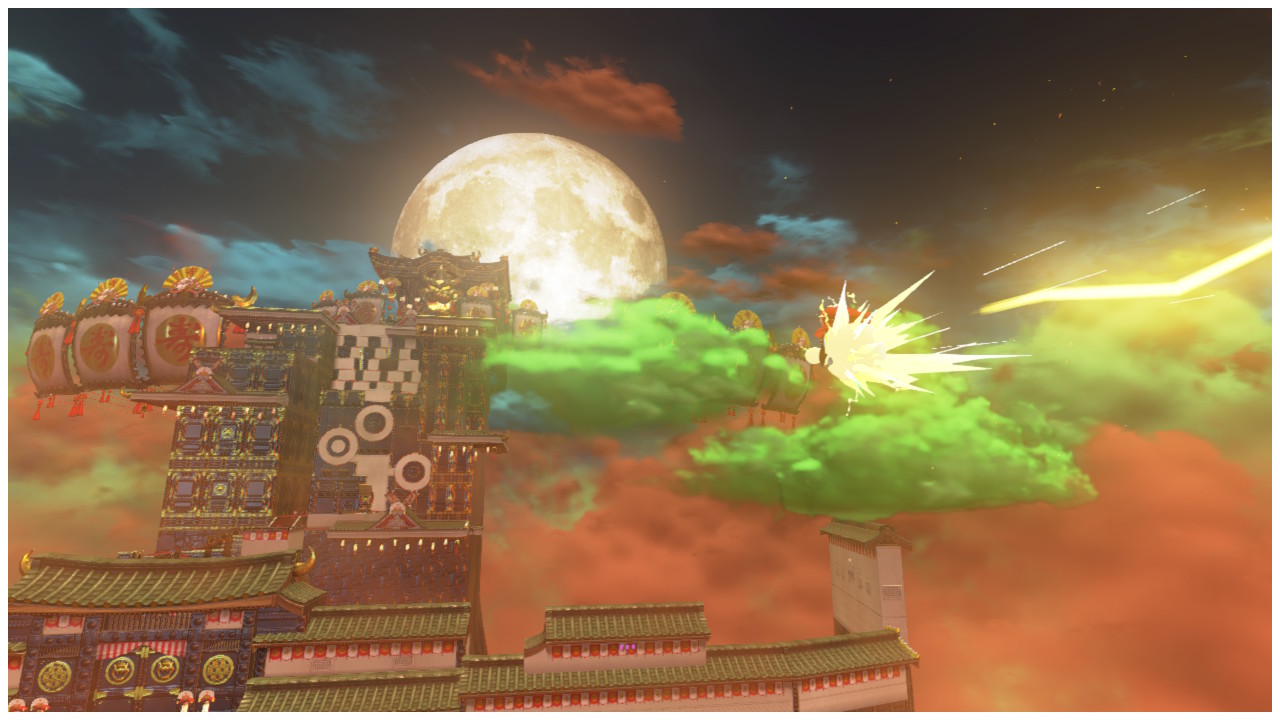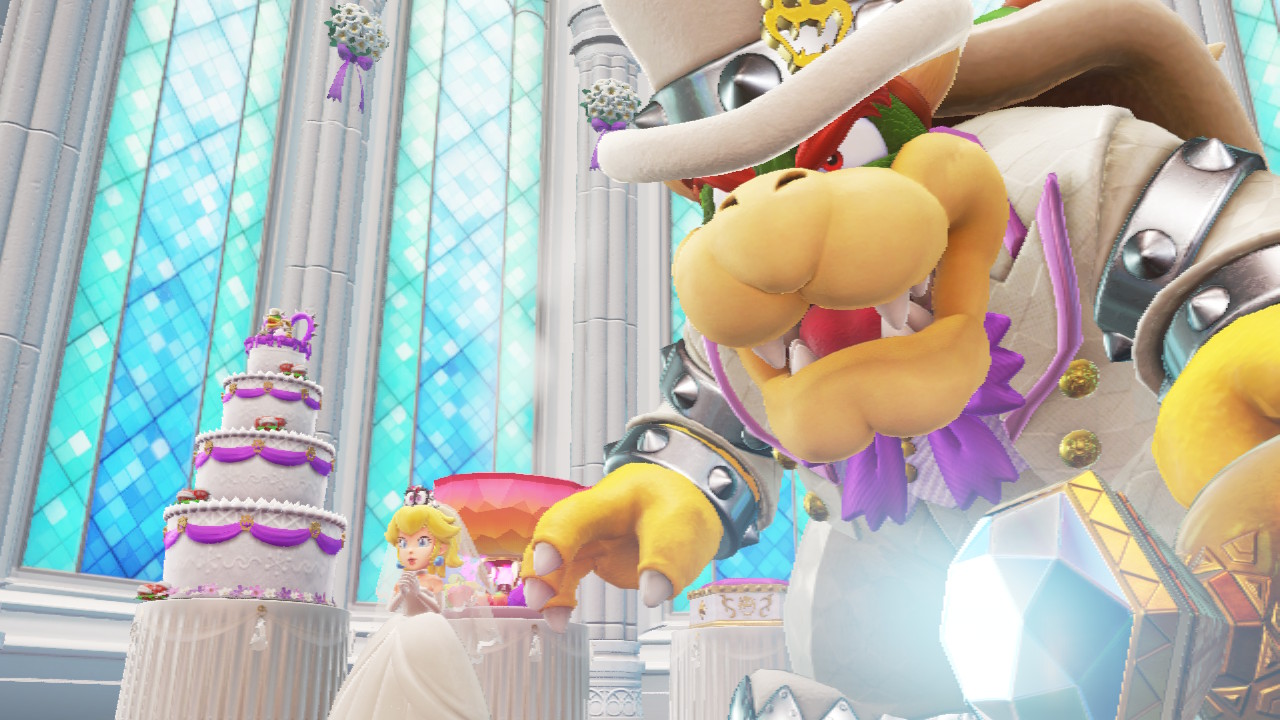I'm a habitual podcast listener and have been following a couple of gaming podcasts for over 7 years. Whilst listening to Retronauts, a retro gaming podcast, Nick Suttner discussed his book Shadow of the Colossus which he stated provided an analysis of how Shadow of the Colossus (and Ico) helped reshape the video game industry and influenced the direction of many games that followed it.
I purchased the book based on his insight of the games during the podcast, hoping it would be an in depth study of the game and its history. When it arrived I was surprised to see how slight it was, yet having read it the length seems just right for the subject matter.
A slight but essential book for fans of the game.
The book has a distinct structure, the chapters start with Suttner talking about his life at the time of playing the game in a memoir format, he then talks about his playthrough and then he reflects upon what the game and its creators are telling us. The book had me thinking about the Shadow of the Colossus and how it has been, retrospectively, a formative game for me.
I remember, waited with bated breath for the release of Shadow of the Colossus. Ever since I had played Ico, the stunningly beautiful puzzle platformer that had been released 4 years beforehand I knew that Team Ico were special and Studio Director Fumito Ueda was a true auteur.
I owned an N64 and also a PS2, but I pretty much only bought Sony's machine for Ico to be honest. Obviously, I loved the PS2 and its amazing catalogue of games but Ico was my impetus to pick the machine up in the first place.
I picked up Shadow of the Colossus on the day of release from my local Game store as soon as it opened at 9:30am. I remember vividly walking home with that special feeling that comes from buying a sealed game and I wasn't disappointed. As I opened the shrink wrap I was pleasantly surprised to see that, like Ico, the game box was a cardboard one and postcards were contained within. I still have my original copy of the PS2 game that I bought all those years ago, unable to part with it even when it had quite a high resale value.
Ico and SOTC games and soundtracks.
I played Shadow of the Colossus over the next week. I sat immersed in my bedroom night after night until I finally beat the game. This involved defeating 16 huge colossi in a boss rush before that was a thing. After finishing the game I knew that it was a classic and it went straight into my top 5 gaming list. I realised at the time that this was a singular visionary game quite unlike anything that I had played before but I didn't know that it would remain that way almost 15 years later. I find that moments from the game or the music drift back to me and I am transported to a university me, transfixed in front of the screen cross-legged on my blue carpeted bedroom floor.
At that time, my thought was that, while it was perhaps not my favorite game ever, it was probably one of the best I'd ever played. As the months went by I found that my mind would often drift back and that it had become a formative part of who I was. At the time I thought Shadow of the Colossus would lead to a different genre or way of making games but this didn't come to fruition until years later, with the game cited as influencing Journey, The Last of Us, Dark Souls and many indie games too.
When the PS3 remaster of the Team Ico Collection came along I avoided it. I very rarely visit games from the PS2 era as so few stand the test of time and I didn't want to ruin my wonderful memories of the game. However, when it was announced that the PS4 would be receiving a ground up remake of the game I became intrigued. A lot of the mechanics of the original SOTC were great for the time but now would seem archaic, so hearing that there would be the option of the original as well as a new control scheme had me intrigued. Plus Blue Point is an amazing studio with an excellent pedigree at remakes. I bought the game on pre-order and it has joined my gaming pile of shame but I hope to get to it within the next couple of months. I look forward to revisiting the Forbidden Lands and reflecting upon the game Suttner style.
Overall, the book is an interestingly structured text that works because I have a deeply personal connection with the game and reading Suttner's memoir sections had me reflecting on how the books, comics, anime, manga, music and video games in my life have affected me similarly to how Shadow of the Colossus affected him.

